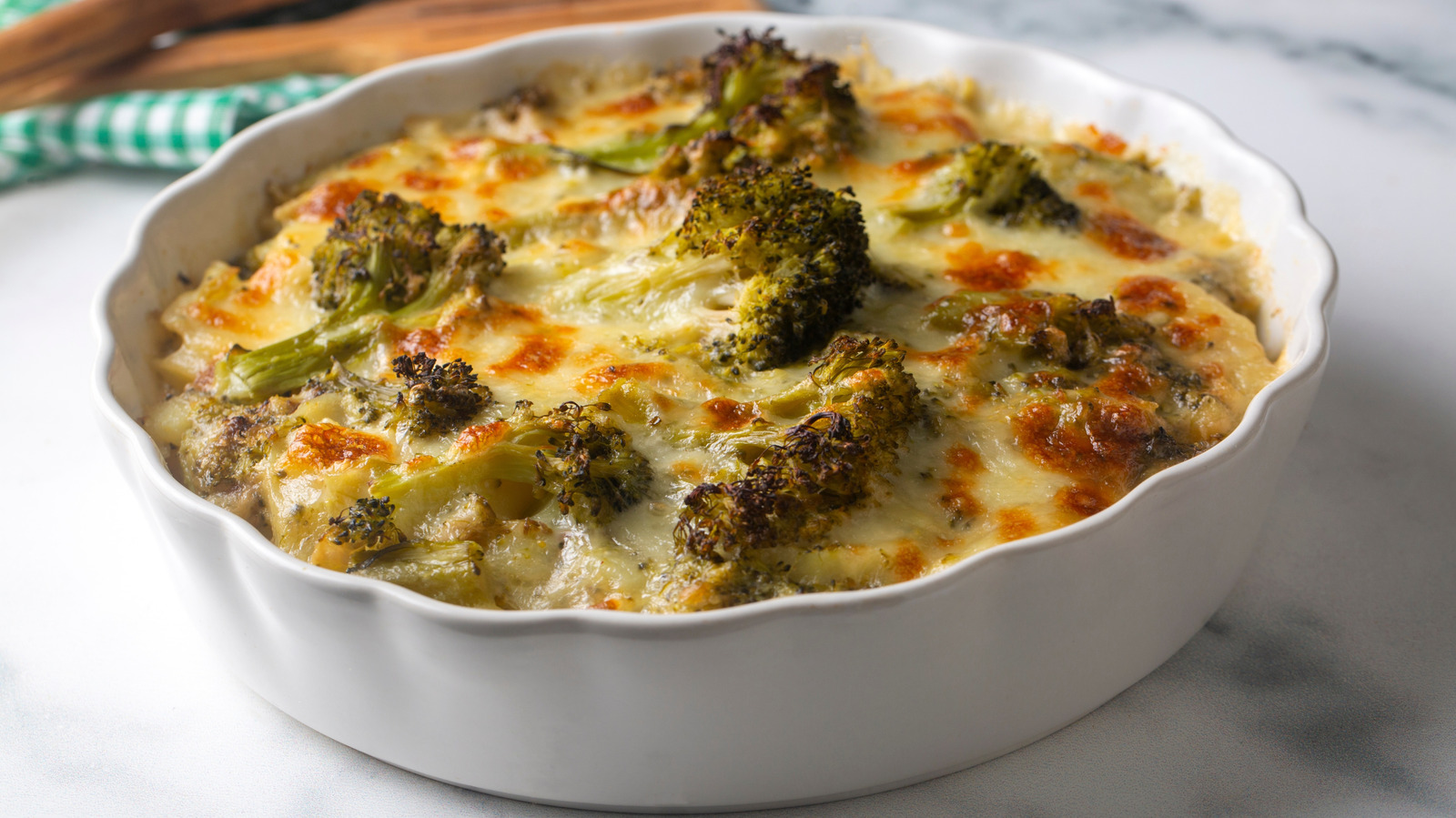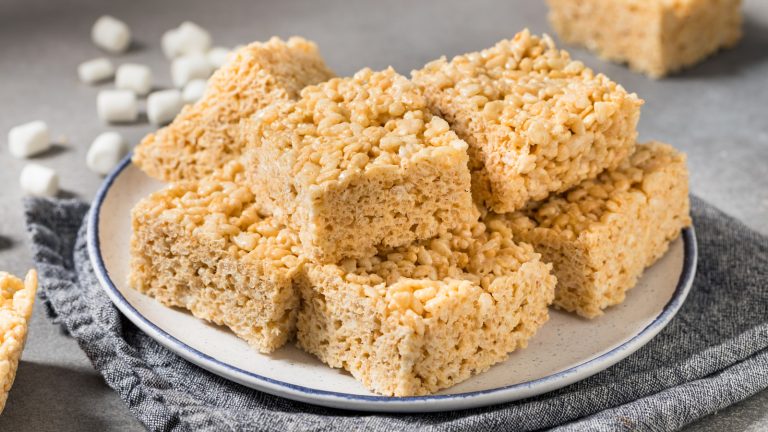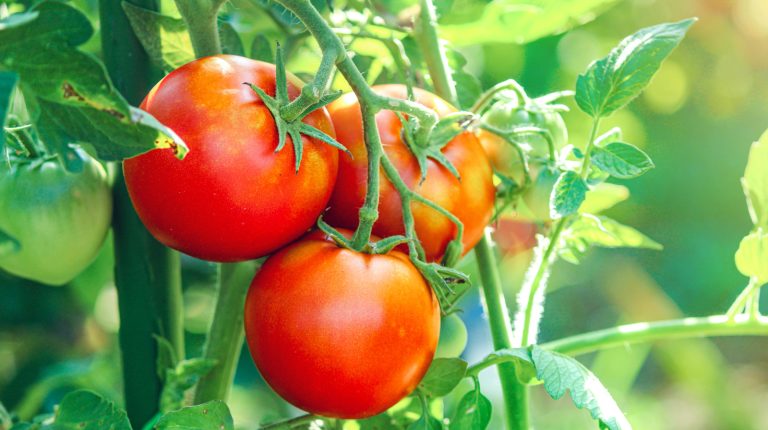Whether it’s studded with Thanksgiving-ready green beans or teeming with all that leftover spaghetti, casseroles are easy-to-make one-pan dishes that can feed a crowd with minimal effort and maximum flavor. Despite their laidback assembly, it’s not impossible to ruin a casserole, especially if it stars water-dense vegetables. Vegetables are some of the most hydrating foods you should be eating, with many varieties composed of more than 90% water. Although water-dense veggies are indisputably nutritious, without the right prep work, they can destroy your favorite casserole.
As these vegetables cook, they release a lot of moisture in the form of steam. When cooking them on their own, the steam evaporates and causes no issues. When embedded into a casserole, however, the steam is trapped and seeps into the other ingredients in the dish, leading to a soggy, watery, and wilted texture. Classic casserole fixings like breadcrumbs, cheese, and condensed soups will lose their textural integrity when exposed to enough trapped vegetable steam. Mouthfeel plays a key role in taste perception, which means a mushy casserole won’t have the same flavor as one with a well-defined structure, even if it’s dolled up in the right herbs and spices.
How to prevent a watery veggie-packed casserole
The extra bit of work that goes into preventing a soggy casserole is well worth the trouble. And luckily, it doesn’t take skill or a significant amount of time to avoid a sloppy dish. Tossing veggies in salt and letting them rest for a few minutes before adding them to your hodgepodge of casserole ingredients triggers osmosis, where water moves from inside the vegetable cells to the salted surface. Osmosis draws out moisture from vegetables, reducing the amount of steam that can get trapped in the casserole. To prevent a too-salty dish though, quickly rinse and thoroughly pat dry the veggies to remove excess salt before tossing them into your dish. Or, adjust the salt ratio when adding spices and herbs to your casserole.
If you’re using frozen vegetables, thaw them in the fridge overnight and pat dry before salting, especially if they are covered in freezer burn. Similarly, make sure to drain and pat dry canned veggies to eliminate canning liquid. You could also consider parcooking veggies in the microwave to release steam before introducing them to your casserole. Alternatively, you can parcook veggies by sauteing them to develop a toasty finish that can deepen the flavor of your final casserole.






